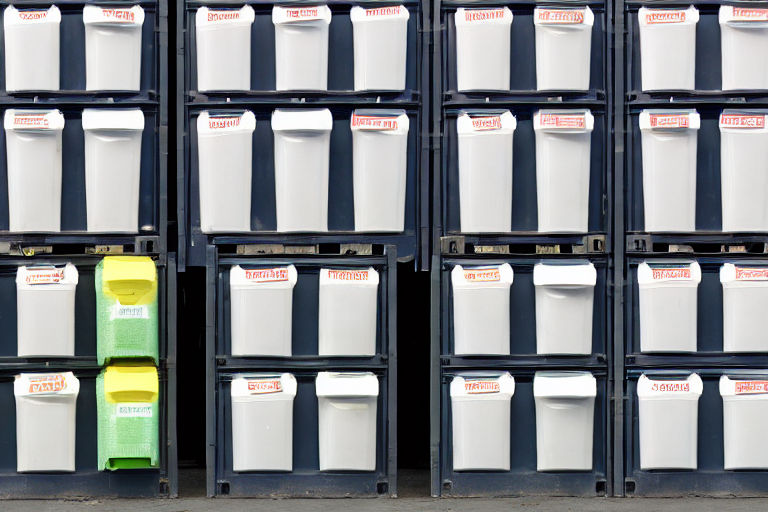How to Store Fresh Seafood to Prevent Spoilage and Waste
Fresh seafood is a highly perishable food group and needs proper preservation techniques to maintain its freshness and nutritional quality. Improper storage of seafood can cause spoilage and waste, which can be a significant loss for retailers, restaurateurs, and consumers.
Here are the best ways to store fresh seafood to keep it fresh, delicious, and healthy:
1. Keep It Cool
Fresh seafood is highly sensitive to temperature changes. Store fresh seafood at a temperature range between 30 to 34 degrees Fahrenheit (-1 to 2 degrees Celsius). Use a thermometer to ensure that the temperature of your fridge is appropriate, and check it regularly.
2. Wrapping
When storing fresh seafood, it is essential to keep it wrapped to protect it from air, contaminants, and odor transfers. You can wrap seafood in plastic wrap or airtight containers before refrigerating to help maintain the freshness and extend its shelf life.
3. Seafood Storage Containers
If you have a significant amount of seafood to store or you run a restaurant or seafood shop, it is advisable to invest in seafood storage containers. These containers are specially designed to manage the temperature, moisture, and airflow to keep seafood fresh for more extended periods.
4. Freeze Your Seafood
If you're not planning to use your seafood immediately, it is advisable to freeze it. Package seafood in airtight containers or bags and store them in the freezer. Frozen seafood can last for several months and can be thawed when needed.
5. Labeling
Labeling is essential when storing seafood to avoid confusion and waste. Whether you're storing seafood in the fridge or freezer, label the containers or bags with the name of the seafood, the date you bought or froze it, and the expiry date.
6. Store Fresh and Previously Frozen Seafood Separately
It is best to store fresh and previously frozen seafood separately to avoid cross-contamination of bacteria. You can use different-colored containers or bags to differentiate between fresh and frozen seafood.
7. Eat Seafood as soon as Possible
Fresh seafood is best consumed within 1-2 days of purchase to ensure maximum freshness and quality. Plan your meals and recipes accordingly to ensure minimum waste and the freshest taste possible.
By following all the storage tips mentioned above, you can reduce seafood spoilage and extend its shelf life. Proper care and maintenance can lead to savings and delicious seafood dishes.



